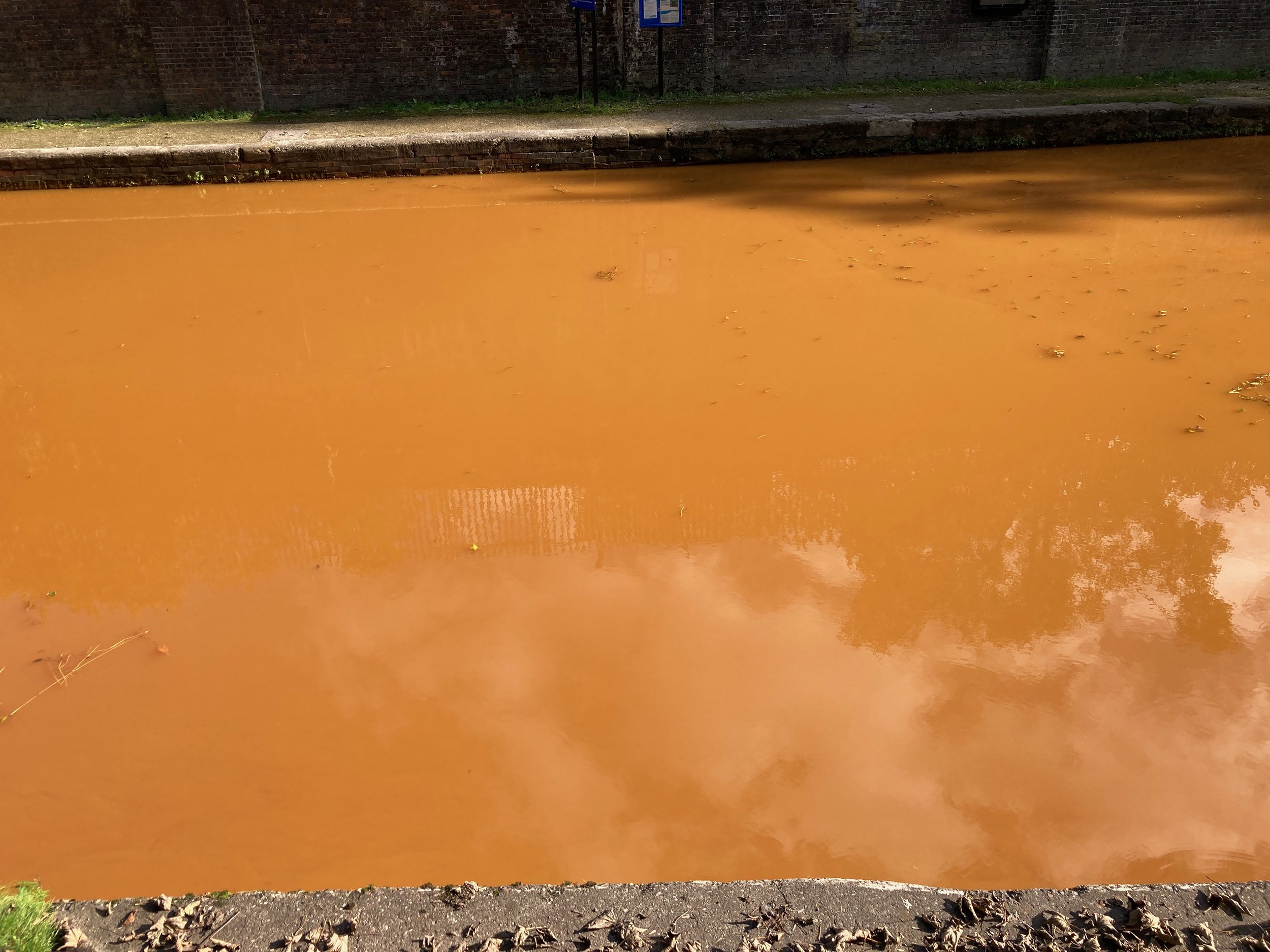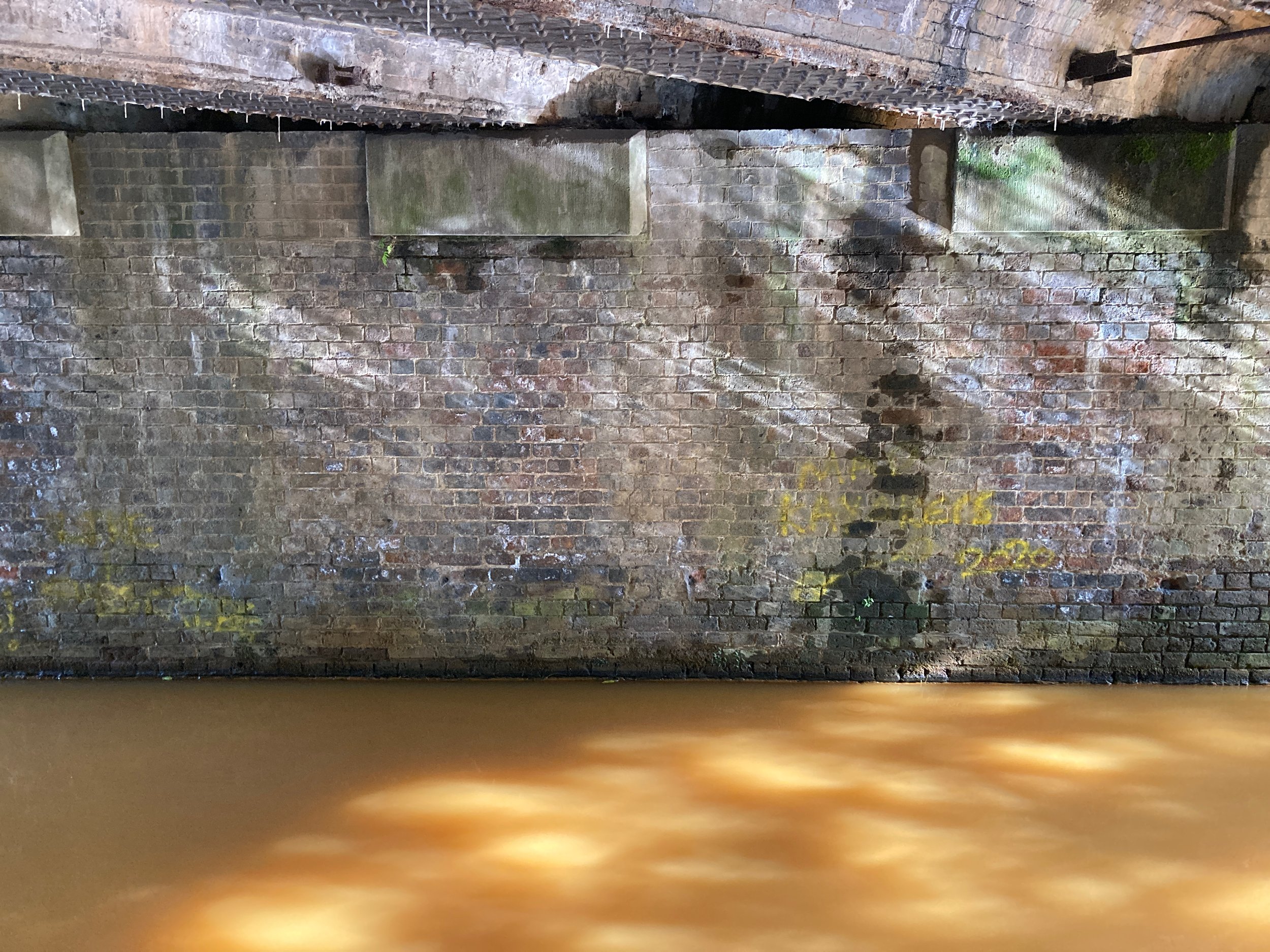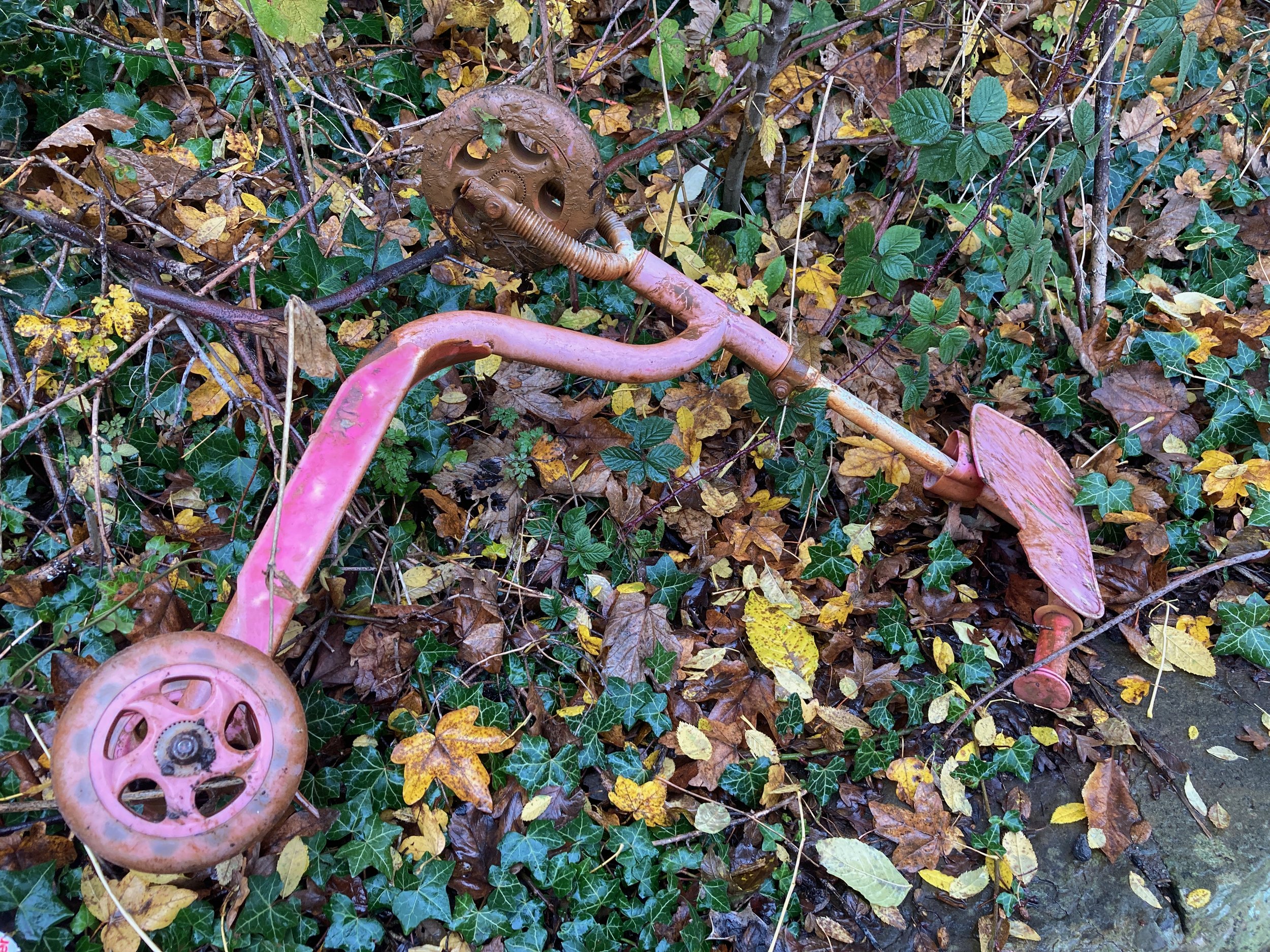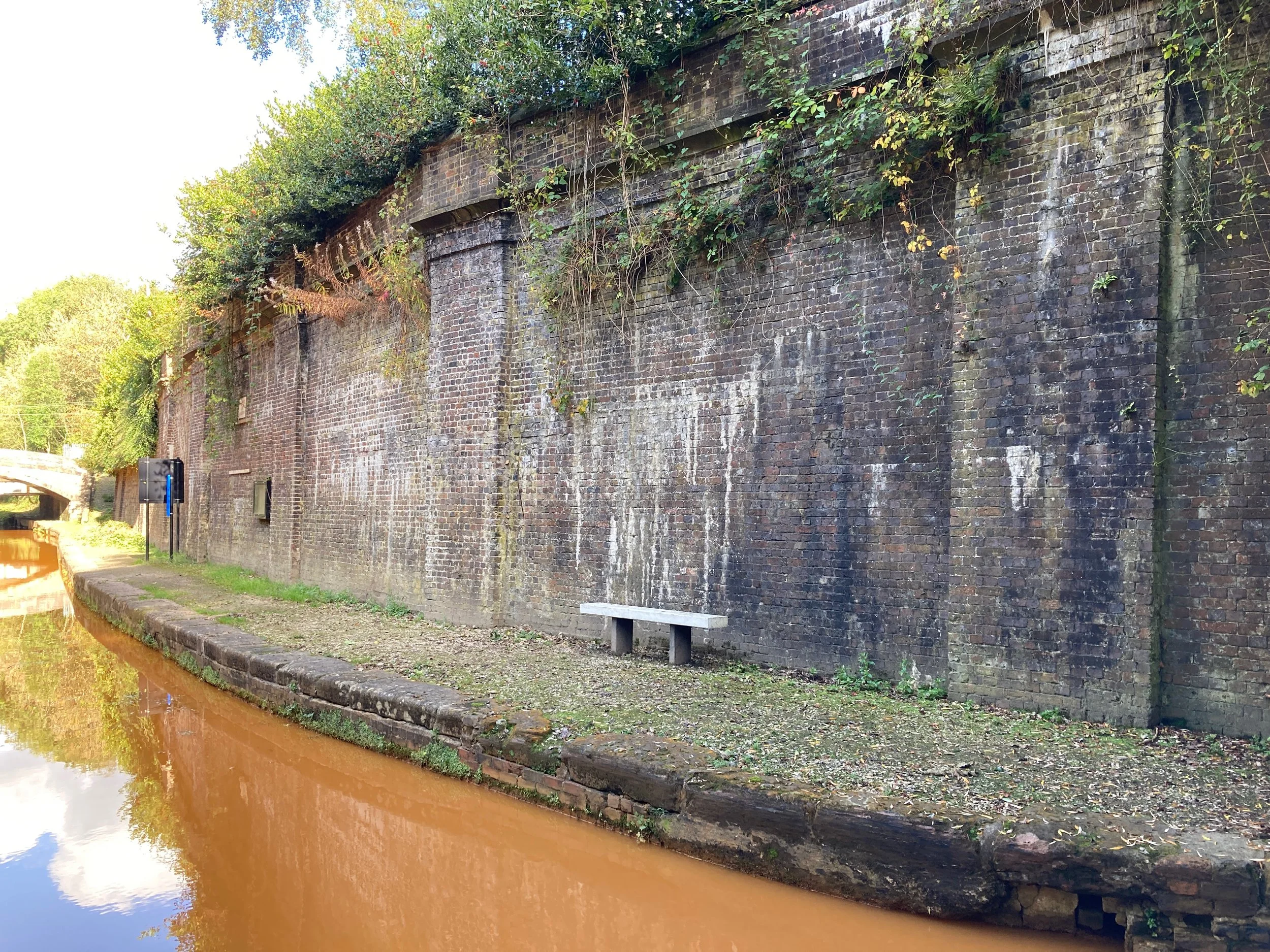




In October 2021- July 2022, I spent time researching a small section of the Trent & Mersey Canal by Harecastle Tunnel in Kidsgrove, Staffordshire, as part of a research residency commission by Appetite and the Canal & River Trust.
Between December 2021 and March 2022, I am met with two schools - New Friars School and The King’s School Kidsgrove, as well as sessions with residents, as part of an engagement project within the residency called the ‘open observatory’. The observatory was both a place and a frame to chat about the site and what we were doing, and to share the experience of this short stretch of canal. Using different microphones, lenses and observation methods, we took time together by the canal to experience it outside of a daily commute or dog walk, often asking difficult questions around heritage and the environment. The observatory as a concept is a frame I created as way to pull together my ways of working and thinking early in my MA in 2017, where I became interested in how observation is carried out and by who; observational research techniques and their antecedents; and the 'image' of pollution. I used this research in the canal project as a starting point to help to give structure to the way I worked in the site. In this project I was also influenced from the very beginning by Annea Lockwood’s approach to letting a place tell its own story, and by embracing the resonance and dissonance of the site. Lockwood’s Sound Map of the Danube is an incredible work created from over 80 hours of recordings. Lockwood appreciates ‘the cultural differences in the environments that feed into the whole ambiance’ of a river. A canal is a very different body of water, I reflected on Lockwood’s approach as a starting point, from the moment I arrived at Kidsgrove station. I talk more about Annea Lockwood in the project blog linked below.
Research visits also included the opportunity to spend time with the Trust’s environmental scientist and ecologist, to learn about sampling activities and bat species living in and near the Tunnel. The canal is at the heart of Kidsgrove, yet despite its striking colour and animated wildlife above water, it is often in the background of an everyday commute mediated by the railway. Frequently garnishing the towpath are lost toys, bikes and other paraphernalia dredged up and covered in orange sludge. And yet, the canal is populated by many other species that live in and around these discarded objects. This makes the canal an unique ecological frame to think about vulnerability and resistance in and around a specific section of water.
The canal is a natural space with a vibrant colour - a beautiful and complicated reminder of heritage and industry - which is seen physically through sediments, residues and structures created to facitilate transport of goods and fuel. The canal is for the most part, a shallow body of water in most locations, from 1ft at the edge to 4ft in the middle. How does the water on the surface differ from that at the base of the canal? Where is the border of the canal? What lives in this shallow body, amongst the plentiful iron oxide, visible as bright orange almost opaque water that dilutes as it moves away from the tunnel and it’s source?
The process, workshops and write-ups are currently gathered in the Canal Project Archive blog, which will eventually come together as an illustrated piece about the project.


